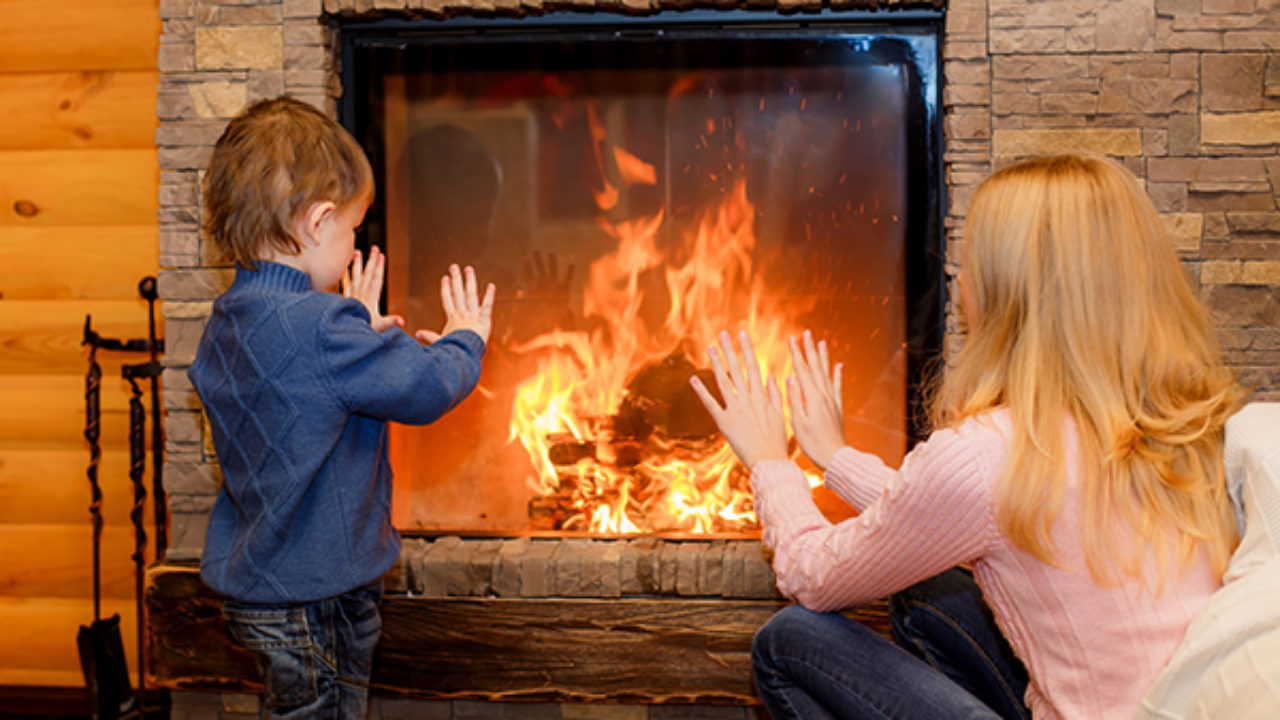

Articles
How Much Heat Goes Up The Chimney
Modified: February 24, 2024
Discover how much heat is lost up the chimney with informative articles that explain the energy efficiency of your home's heating system.
(Many of the links in this article redirect to a specific reviewed product. Your purchase of these products through affiliate links helps to generate commission for Storables.com, at no extra cost. Learn more)
Introduction
When it comes to heating our homes, efficiency is key. We want to make sure we’re getting the most out of our heating systems while minimizing energy waste. One area that often gets overlooked in this process is the chimney. While the chimney is an essential component of many heating systems, it can also be a significant source of heat loss.
Understanding how much heat goes up the chimney and finding ways to minimize this loss can have a significant impact on the energy efficiency of your home. By better comprehending this process, you can make informed decisions about how to optimize your heating system and reduce energy consumption.
In this article, we will explore the factors that contribute to heat loss through the chimney and discuss various methods to improve the efficiency of your chimney, ultimately resulting in energy savings and increased comfort in your home.
So, if you’re ready to delve into the fascinating world of chimney heat loss and discover practical solutions, let’s get started!
Key Takeaways:
- Understanding the factors contributing to heat loss through a chimney, such as chimney height, size, and insulation, can guide you in implementing efficiency improvements to minimize heat loss and maximize energy savings.
- By taking proactive steps, such as insulating the chimney, installing chimney caps and dampers, and regular maintenance, you can significantly reduce heat loss, improve energy efficiency, and create a more comfortable living environment.
Read more: How Much Is It To Remove A Chimney
What is a chimney?
A chimney is a vertical structure or pipe that is specifically designed to vent out smoke, gases, and other byproducts of combustion from a fireplace, stove, furnace, or any other heating appliance. Its primary function is to provide a safe and efficient passage for the exhaust gases to escape from the building.
Chimneys are typically made of brick, stone, or metal, and they extend from the heating appliance all the way up to the top of the building. They are equipped with a chimney flue, which is a hollow channel through which the smoke and gases travel. The flue is usually lined with a fireproof material, such as clay tiles or stainless steel, to prevent the escape of dangerous gases and to protect the chimney from heat and corrosion.
In addition to facilitating the expulsion of combustion byproducts, chimneys also provide a natural draft. The hot gases generated by the heating appliance rise up through the chimney due to the difference in temperature between the indoor and outdoor air. This draft helps to draw fresh air into the heating system, ensuring proper combustion and efficient operation.
It’s important to note that chimneys come in various sizes and designs, depending on the type of heating appliance they serve. For instance, a traditional masonry chimney is commonly used with wood-burning fireplaces, while metal chimneys or flue liners are often installed for gas-burning appliances. Each type of chimney is built to meet specific requirements and ensure safe operation.
Now that we have a clear understanding of what a chimney is and its purpose, let’s explore how heat loss occurs in this crucial component of our heating systems.
Understanding heat loss
Heat loss refers to the transfer of heat from the inside of a building to the outside environment. In the case of a chimney, heat loss occurs when the warm air generated by the heating appliance escapes through the chimney structure instead of heating the surrounding space.
Several factors contribute to heat loss through a chimney:
- Conduction: Heat can be conducted through the walls of the chimney to the outside. This is more common in masonry chimneys, where the materials used for construction, such as bricks or stones, can absorb and transfer heat.
- Convection: As hot air rises within the chimney, it creates a convection current that draws the heat away from the living space and expels it through the chimney flue.
- Radiation: The interior surfaces of the chimney, especially if they are made of metal, can radiate heat towards the outside environment.
Heat loss through a chimney can result in a variety of undesirable consequences. Firstly, it means that the heat generated by the heating appliance is not being effectively utilized, leading to wasted energy and higher heating costs. Secondly, the loss of warm air can result in discomfort and cold spots in the room, as the temperature is not evenly distributed. Lastly, the constant flow of warm air up the chimney can create a draft in the room, causing a continuous need for the heating system to compensate for the loss.
It is crucial to understand how heat loss occurs in a chimney in order to identify the areas of improvement and implement strategies to reduce this loss, leading to improved energy efficiency and comfort in your home.
Now that we have a solid grasp of the concept of heat loss through a chimney, let’s delve into the various factors that can affect this phenomenon in more detail.
Factors affecting heat loss through a chimney
Several factors influence the amount of heat lost through a chimney. By understanding these factors, you can identify areas of improvement and take steps to reduce heat loss, ultimately improving the energy efficiency of your heating system. Let’s explore these factors in more detail:
- Chimney Height: The height of the chimney plays a significant role in heat loss. A taller chimney creates a stronger draft, which can result in more heat being drawn up and lost.
- Chimney Size: The size of the chimney determines how much air can flow through it. A larger chimney may allow for excessive airflow, leading to increased heat loss.
- Insulation: The insulation or lack thereof around the chimney can greatly impact heat loss. Proper insulation can help retain heat within the chimney and prevent it from escaping through the surrounding walls.
- Draft Control: The ability to control the draft within the chimney is crucial. If the draft is too strong, it can cause excessive heat loss. Installing a damper or draft regulator can help regulate airflow and reduce heat loss.
- Flue Liner: The condition and type of flue liner can affect heat loss. A damaged or deteriorated liner can lead to increased heat transfer to the chimney’s surrounding materials, resulting in more heat loss.
- Temperature Difference: The greater the temperature difference between the warm air inside the chimney and the outside environment, the more pronounced the heat loss will be.
- Weather Conditions: External weather conditions, such as wind and temperature, can impact heat loss through a chimney. Wind can increase the draft, while cold temperatures can facilitate more significant heat transfer.
- Use of Fireplace Doors or Inserts: Installing fireplace doors or inserts can help minimize heat loss by creating a barrier between the living space and the chimney, preventing warm air from escaping.
These are some of the key factors that can affect heat loss through a chimney. By considering these factors and implementing appropriate measures, you can significantly reduce heat loss, improve energy efficiency, and enhance the overall performance of your heating system.
Now that we understand the factors contributing to heat loss, let’s move on to calculating the amount of heat that is lost through a chimney.
Consider installing a chimney damper to control the amount of heat that escapes up the chimney. This can help to improve the efficiency of your fireplace and reduce heat loss.
Calculation of heat loss
To determine the amount of heat being lost through a chimney, several factors need to be considered and calculated. While it’s challenging to obtain an exact measurement, following a general formula can provide a reasonable estimation. Here is a basic method to calculate heat loss:
- Measure the temperature difference: Take temperature readings inside and outside the building. The larger the difference, the greater the potential for heat loss.
- Calculate the chimney surface area: Measure the surface area of the chimney, including the walls and flue liner. This can be done by finding the circumference and height of the chimney and using the appropriate mathematical formulas.
- Determine the U-value: The U-value represents the thermal conductivity of the chimney materials. It indicates how much heat is transferred through one square meter of the material for a temperature difference of one degree Celsius. Research the U-value of the materials used in your chimney or consult with a professional to obtain an accurate value.
- Apply the formula: Multiply the temperature difference by the chimney surface area, and then multiply that result by the U-value. This will give you an estimation of the heat loss in watts or Btu (British thermal units) per hour.
Please note that this calculation provides a rough approximation of heat loss through a chimney. The actual heat loss may vary depending on various factors, such as the insulation, draft strength, and chimney construction.
By knowing the approximate amount of heat loss from your chimney, you can better understand the energy efficiency of your heating system and identify opportunities for improvement. This knowledge can guide you towards implementing measures to reduce heat loss and save energy.
Now that we have explored the calculation of heat loss, let’s move on to discussing various efficiency improvements that can help minimize heat loss through a chimney.
Read more: How Much To Install A Chimney
Efficiency improvements for reducing heat loss
Reducing heat loss through a chimney is essential for maximizing the energy efficiency of your heating system. By implementing the following efficiency improvements, you can minimize heat loss and optimize the performance of your chimney:
- Insulate the chimney: Adding insulation around the chimney can help reduce heat transfer to the surrounding walls. Insulation materials such as mineral wool or ceramic fiber can be installed to create a thermal barrier.
- Install a chimney cap: A chimney cap is a protective cover that prevents rain, snow, and debris from entering the chimney. It also helps to reduce downdrafts, which can contribute to heat loss.
- Seal gaps and cracks: Inspect your chimney for any gaps or cracks and seal them to prevent air leakage. Use high-temperature sealants or mortar to ensure a proper and long-lasting seal.
- Use a chimney damper: Installing a chimney damper allows you to control the airflow within the chimney. By closing the damper when the fireplace or heating appliance is not in use, you can prevent warm air from escaping.
- Consider a top-sealing damper: Top-sealing dampers are installed at the top of the chimney and provide a more effective seal compared to traditional throat dampers. They can reduce heat loss and improve energy efficiency.
- Use a fireplace insert: If you have a traditional fireplace, consider installing a fireplace insert. These energy-efficient units fit into the existing fireplace opening and help to maximize heat output while reducing heat loss up the chimney.
- Regular chimney maintenance: Ensure that your chimney is regularly inspected and cleaned to maintain its efficiency. Creosote buildup and blockages can hinder proper airflow and increase heat loss.
- Optimize draft control: Balancing the draft within the chimney can reduce heat loss. Consult with a professional to determine the appropriate draft control measures for your specific heating system.
Implementing these efficiency improvements can significantly reduce heat loss through your chimney and lead to energy savings. Additionally, they can improve the overall comfort of your home by maintaining a more consistent indoor temperature.
By taking proactive steps to minimize heat loss, you can make your chimney work more efficiently and contribute to a greener and more sustainable living environment.
After exploring different ways to improve chimney efficiency, it’s time to wrap up our discussion.
Conclusion
Understanding the amount of heat that goes up the chimney and taking steps to reduce heat loss can have a significant impact on the energy efficiency of your heating system. By implementing the efficiency improvements discussed in this article, you can minimize heat loss and maximize the utilization of heat generated by your heating appliance.
We explored the factors that contribute to heat loss through a chimney, including chimney height, size, insulation, and draft control. These factors, along with the temperature difference and external weather conditions, play crucial roles in the overall heat loss equation.
Calculating heat loss can provide a rough estimation of the energy wasted through the chimney and serve as a starting point for identifying areas of improvement. However, it’s important to note that the actual heat loss may vary depending on the specific characteristics of your chimney and heating system.
By reducing heat loss through efficiency improvements such as chimney insulation, installation of chimney caps and dampers, and regular maintenance, you can enhance the energy efficiency of your home and decrease heating costs. These measures also contribute to a more comfortable living environment by minimizing temperature fluctuations and drafts.
Keep in mind that regular maintenance and inspections are critical for maintaining the efficiency of your chimney. Ensuring that the chimney is clean, free from blockages, and in good working condition will help to optimize its performance and minimize heat loss.
Remember, the goal is to create a well-functioning chimney system that allows for the efficient and safe removal of combustion byproducts while minimizing heat loss and maximizing energy savings.
By taking the necessary steps to reduce heat loss through your chimney, you can contribute to a greener and more sustainable future while enjoying the comfort and warmth of your home.
Now that you are equipped with knowledge about chimney heat loss and efficiency improvements, it’s time to implement these strategies and optimize the performance of your heating system. Stay warm and energy-efficient!
Frequently Asked Questions about How Much Heat Goes Up The Chimney
Was this page helpful?
At Storables.com, we guarantee accurate and reliable information. Our content, validated by Expert Board Contributors, is crafted following stringent Editorial Policies. We're committed to providing you with well-researched, expert-backed insights for all your informational needs.
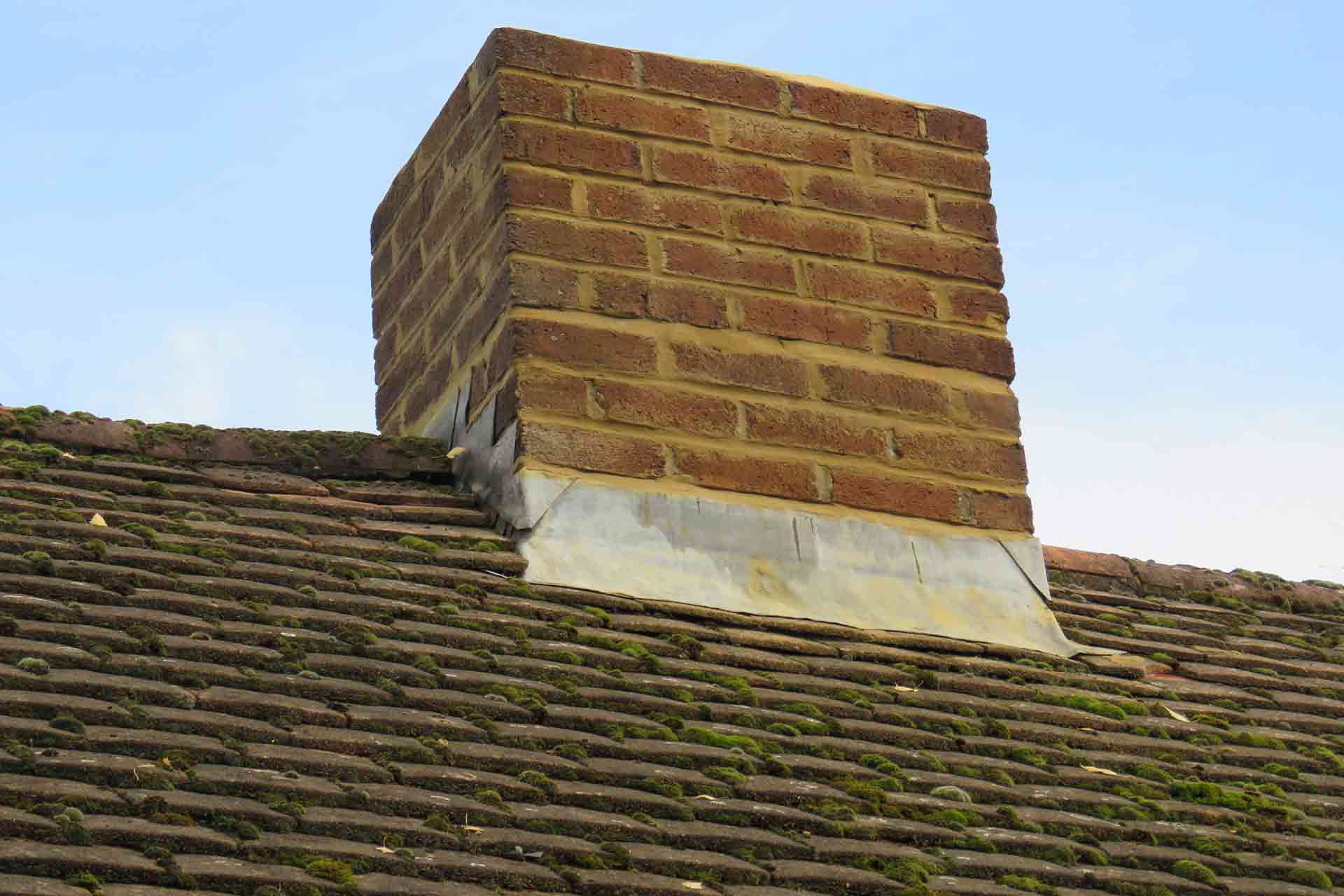
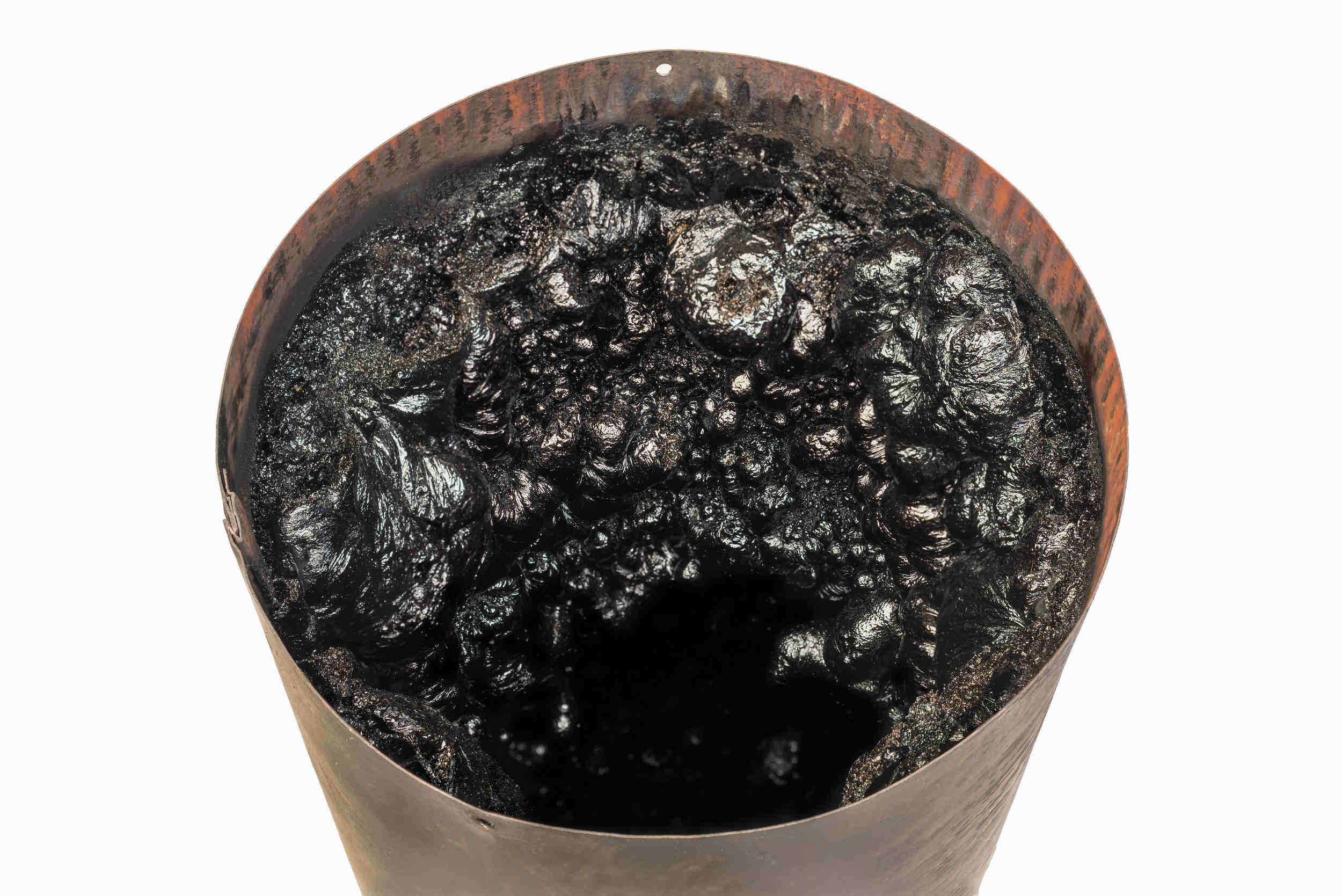
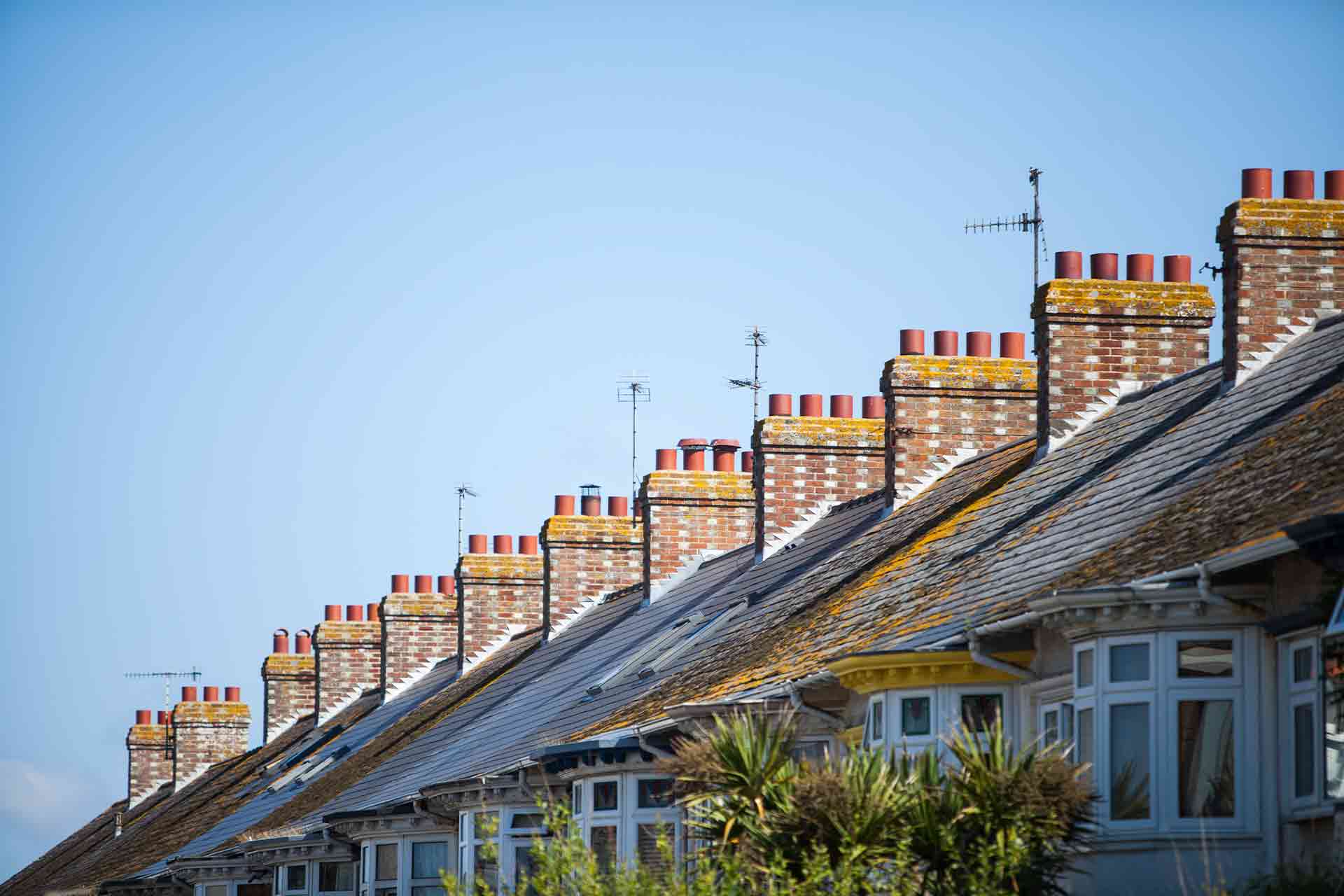
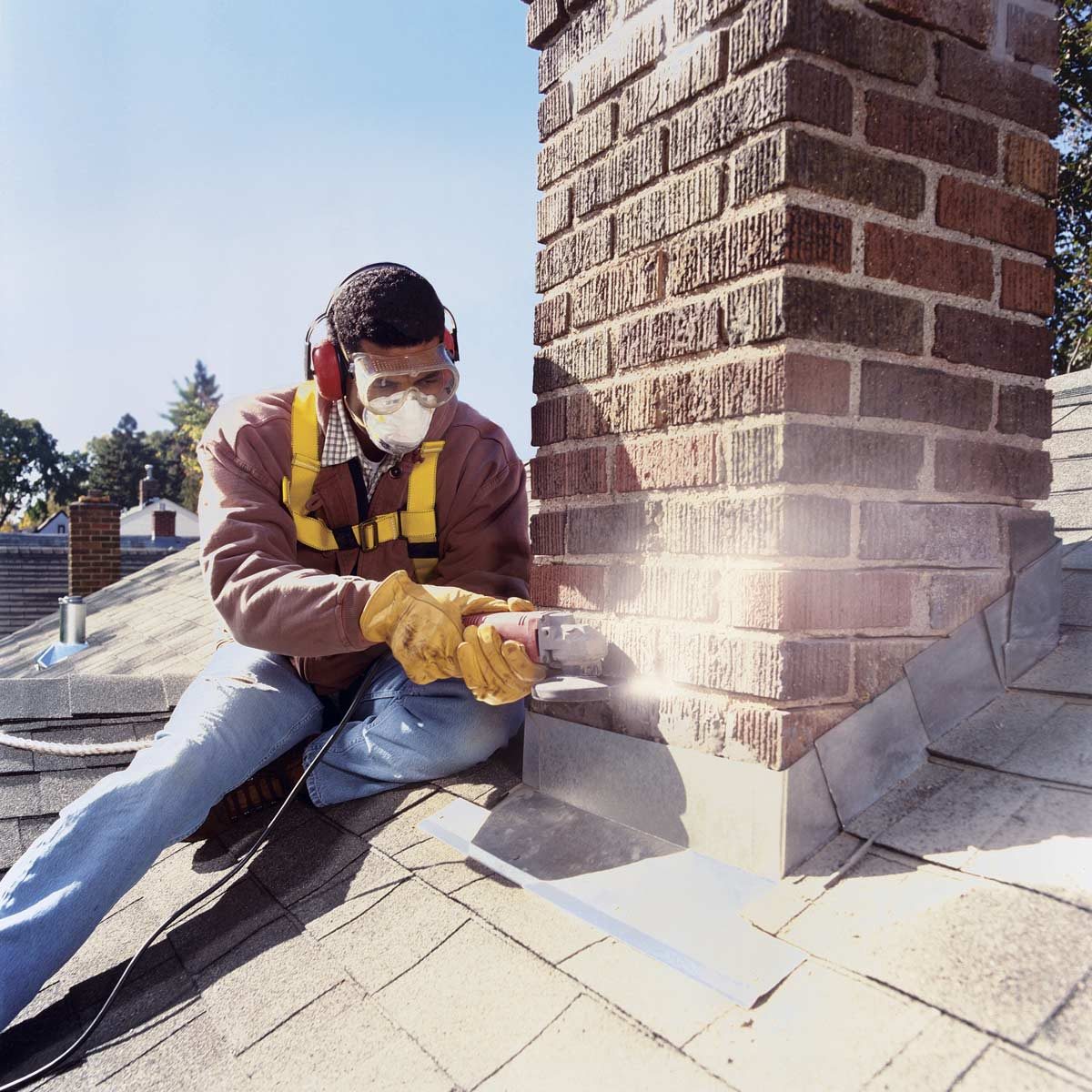
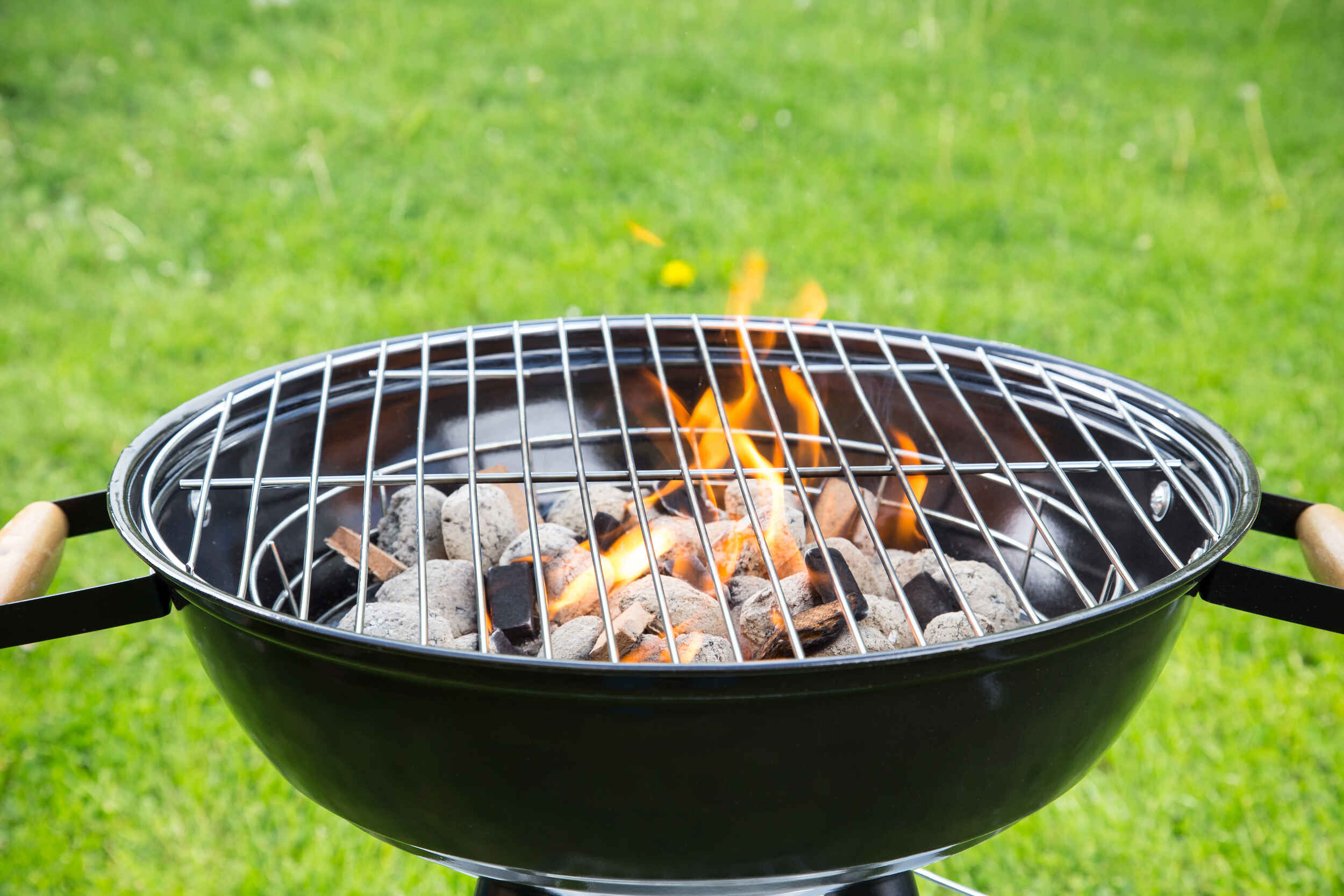
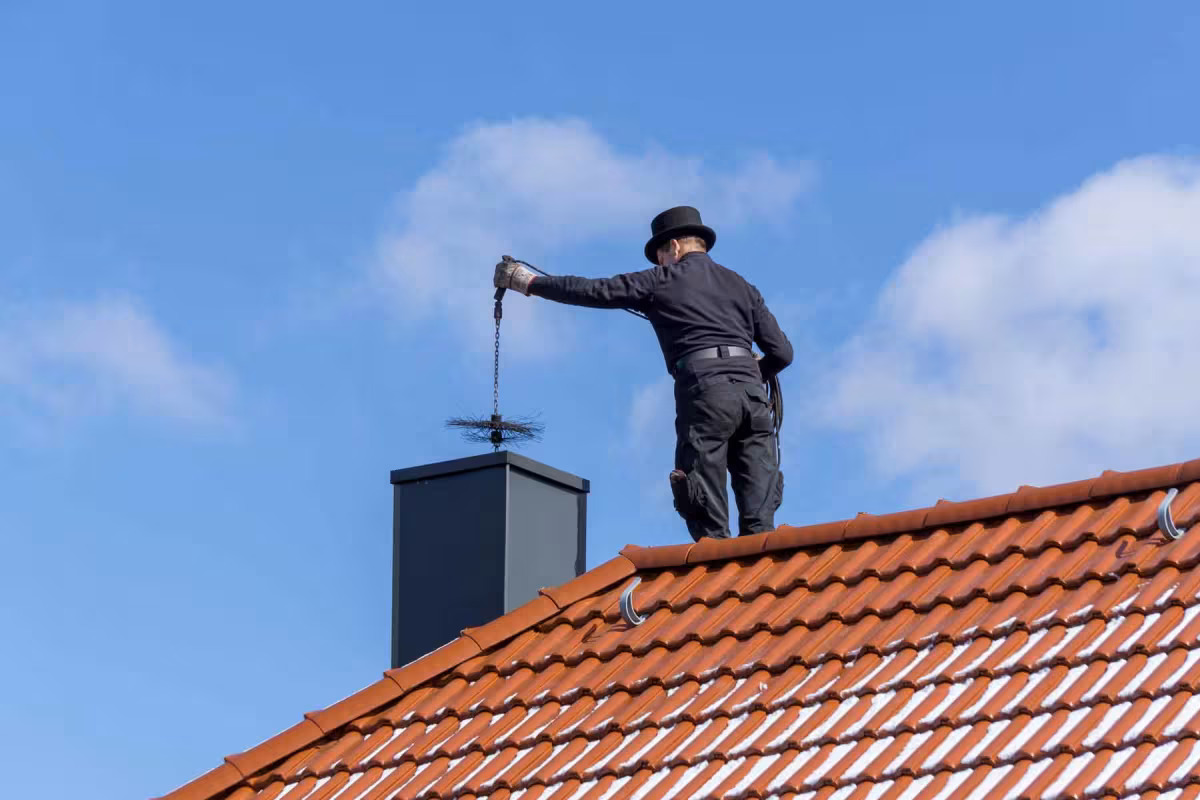
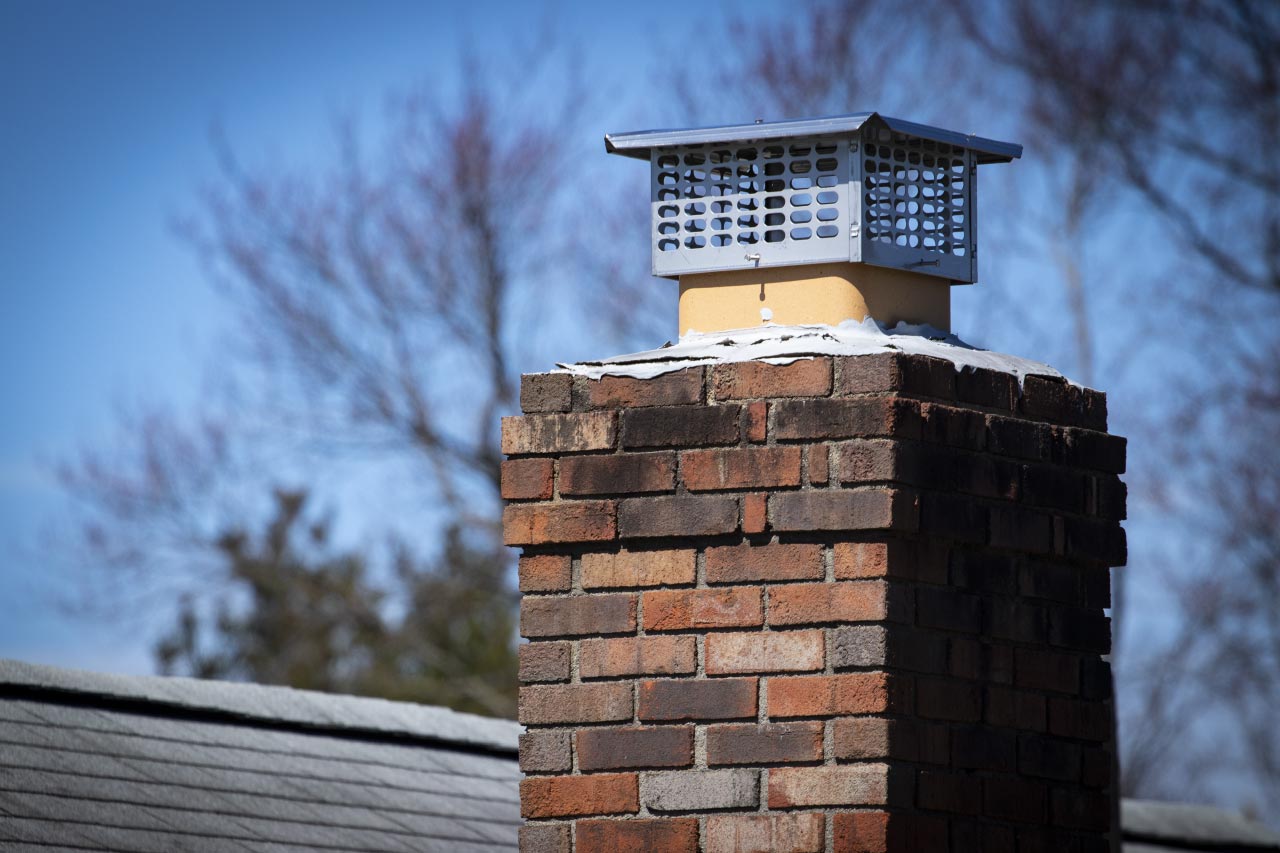
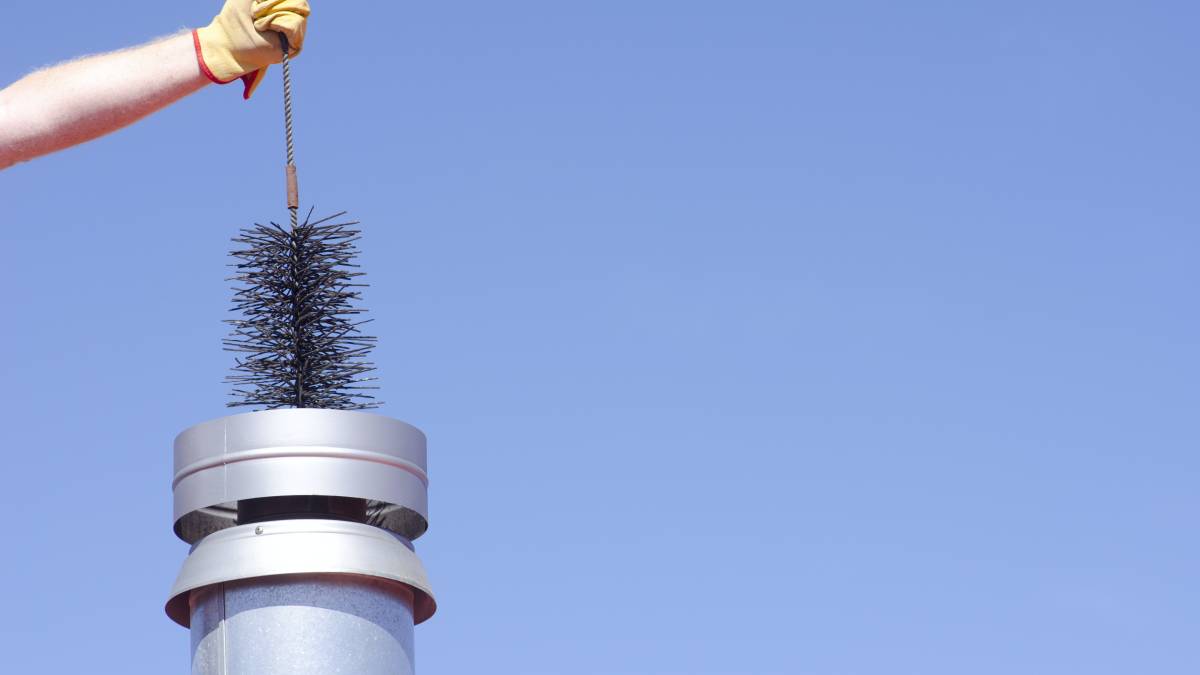
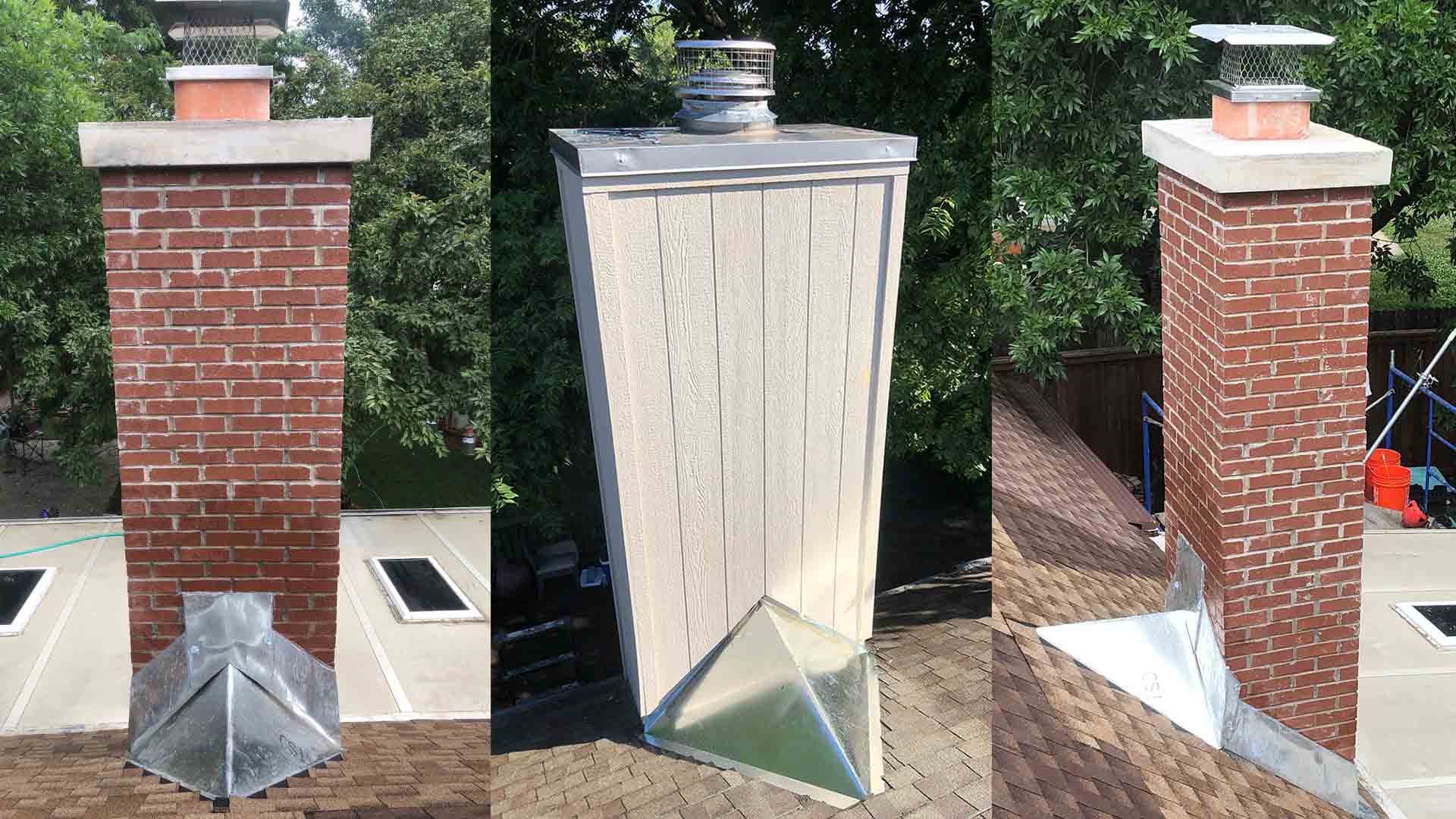
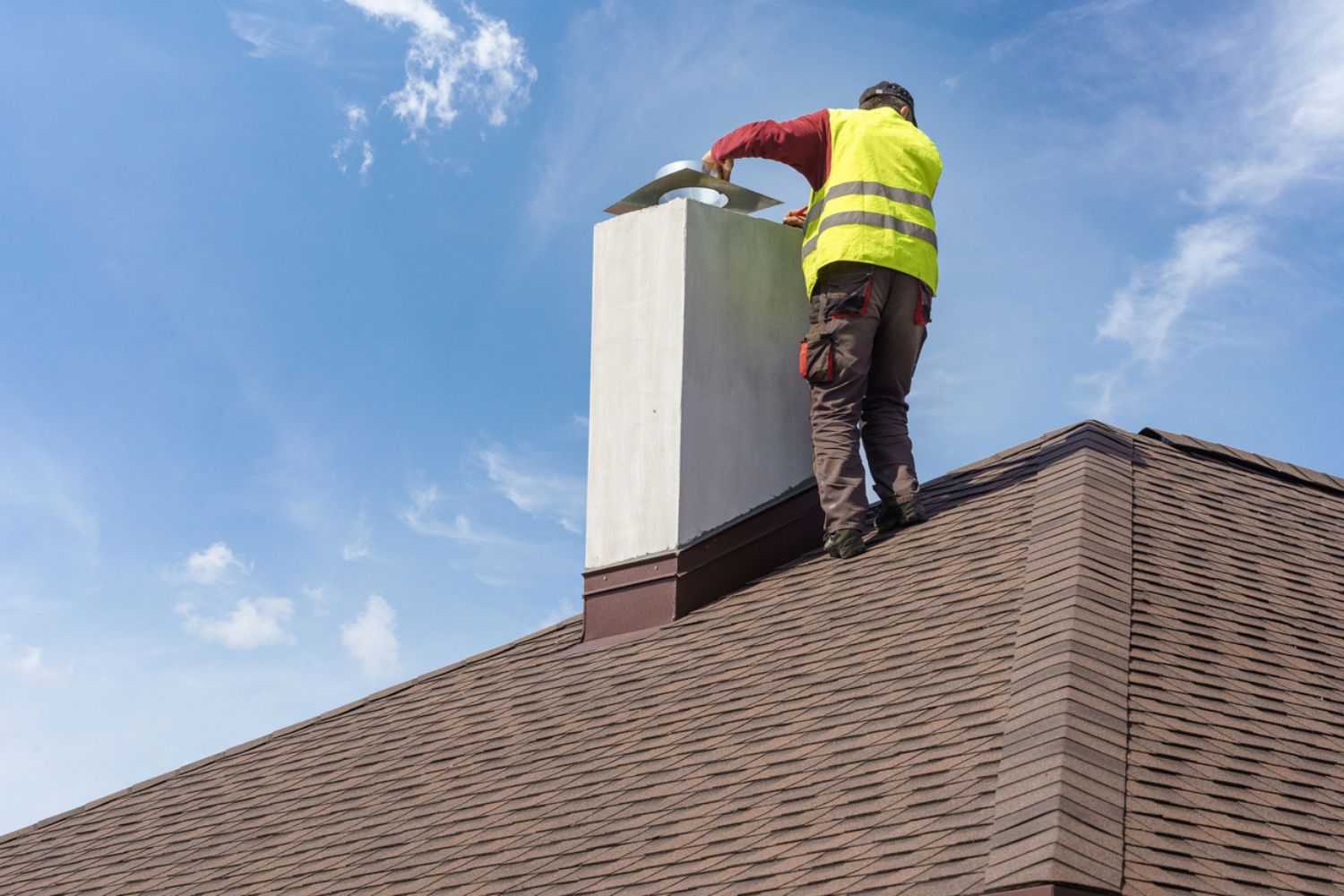
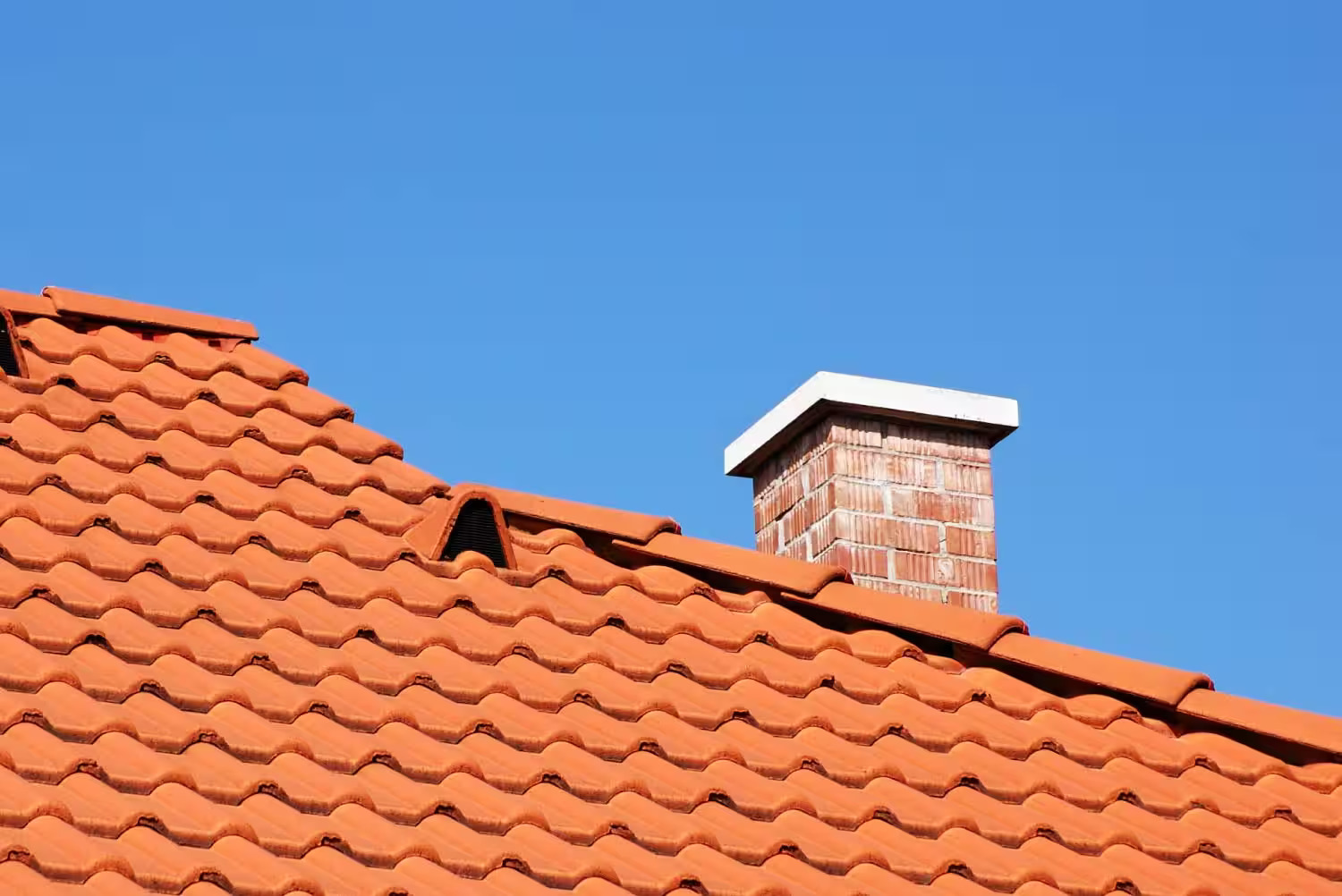
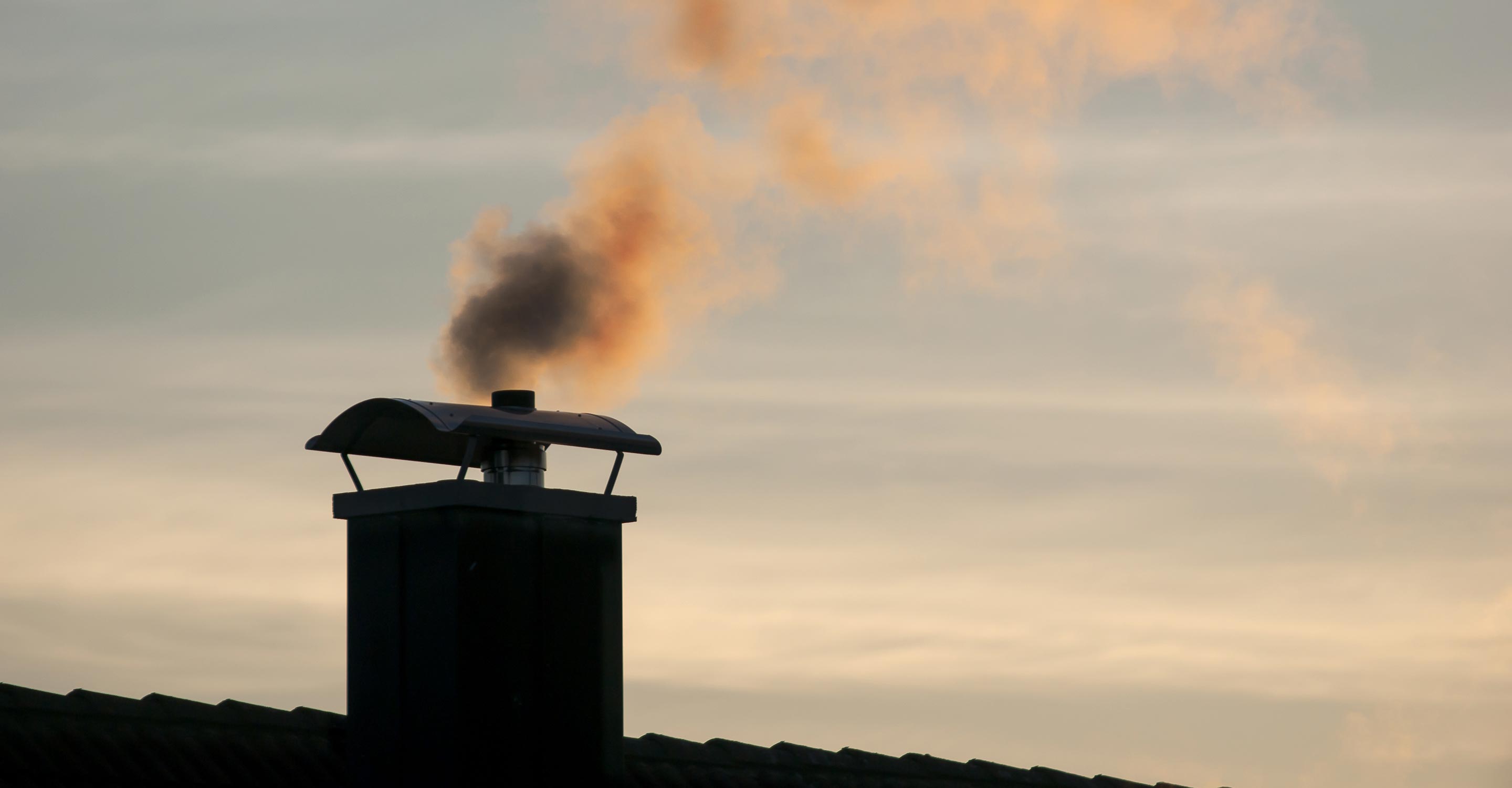
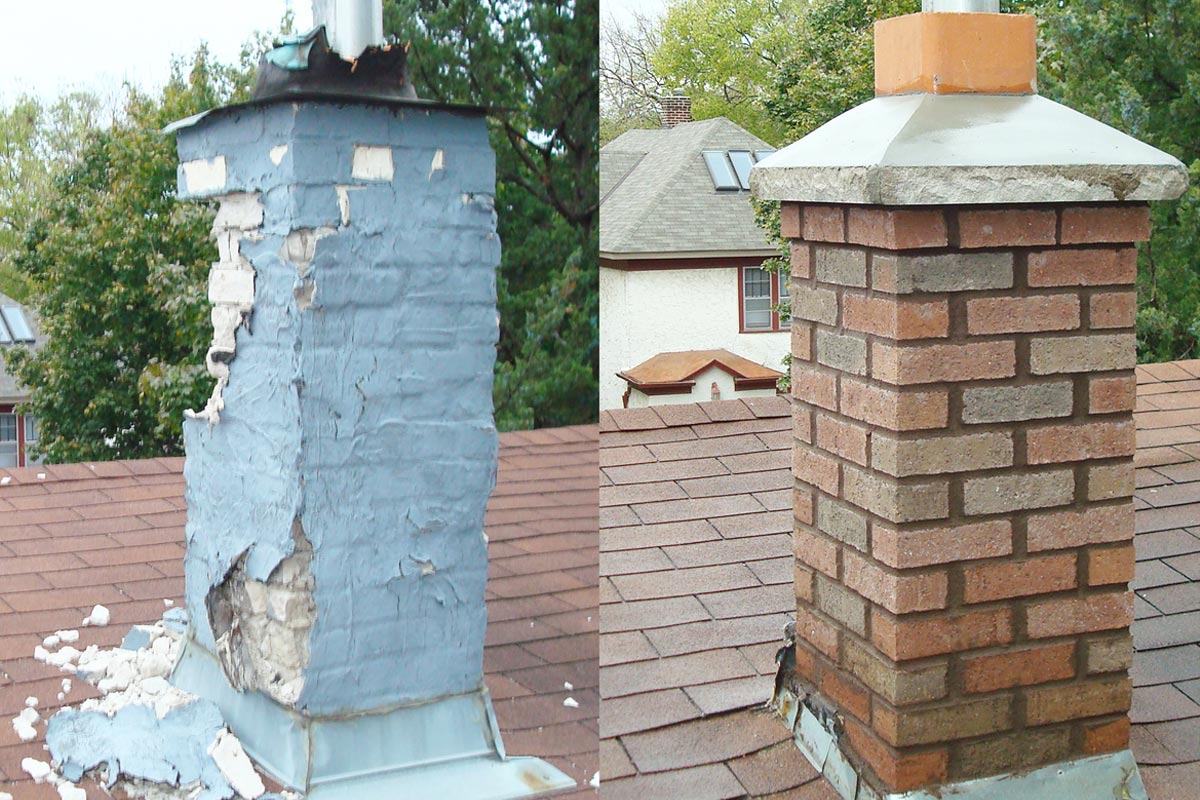
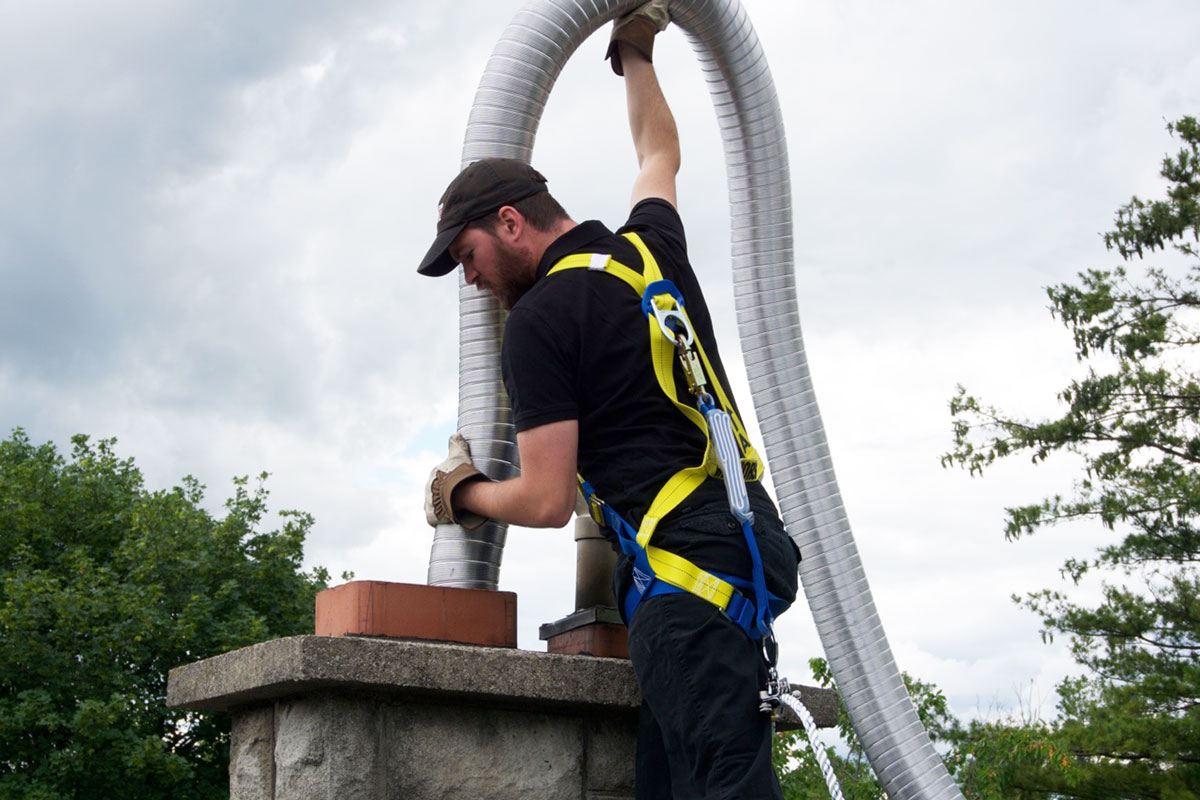

0 thoughts on “How Much Heat Goes Up The Chimney”